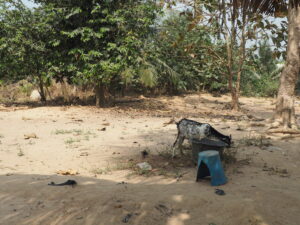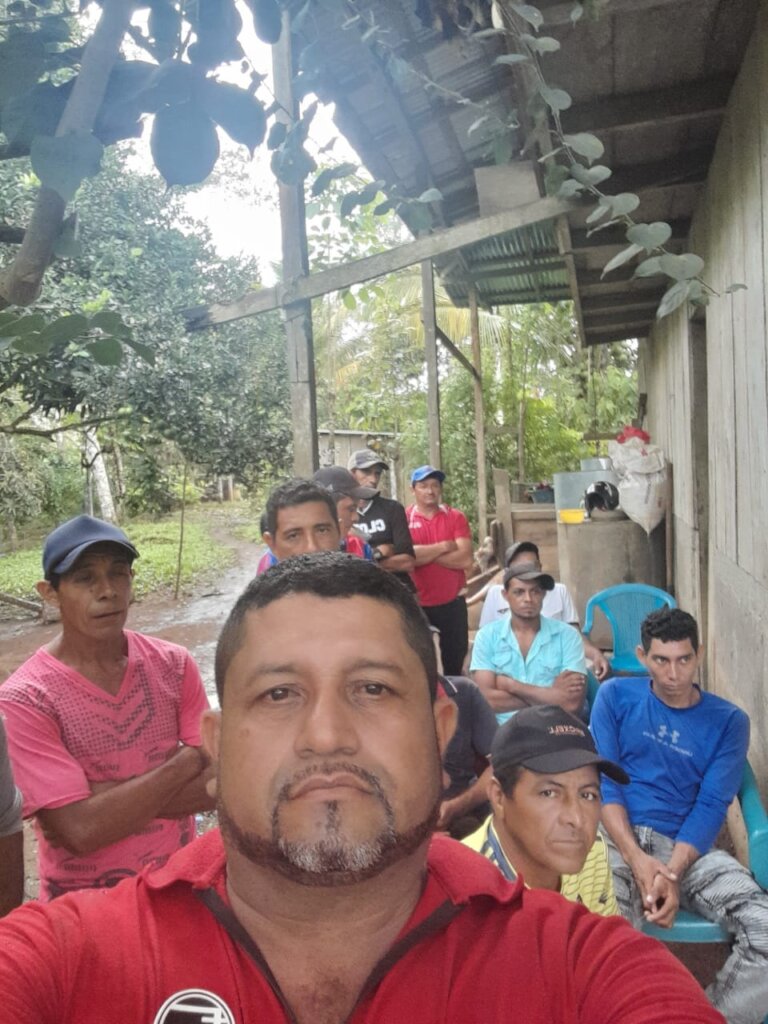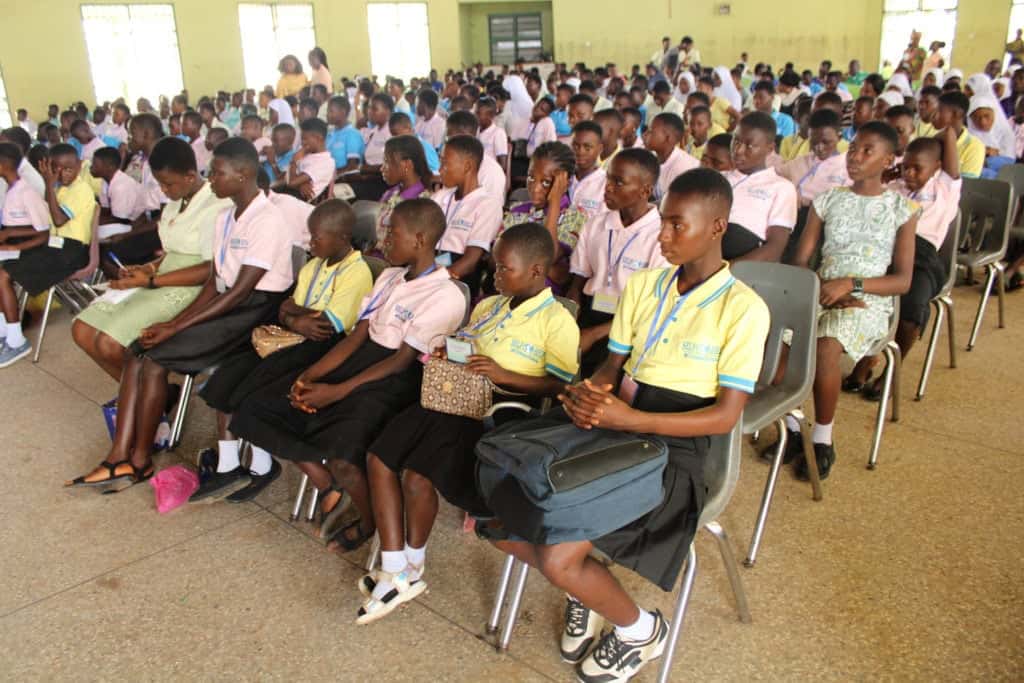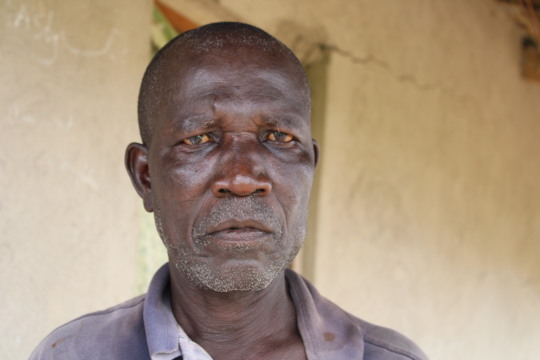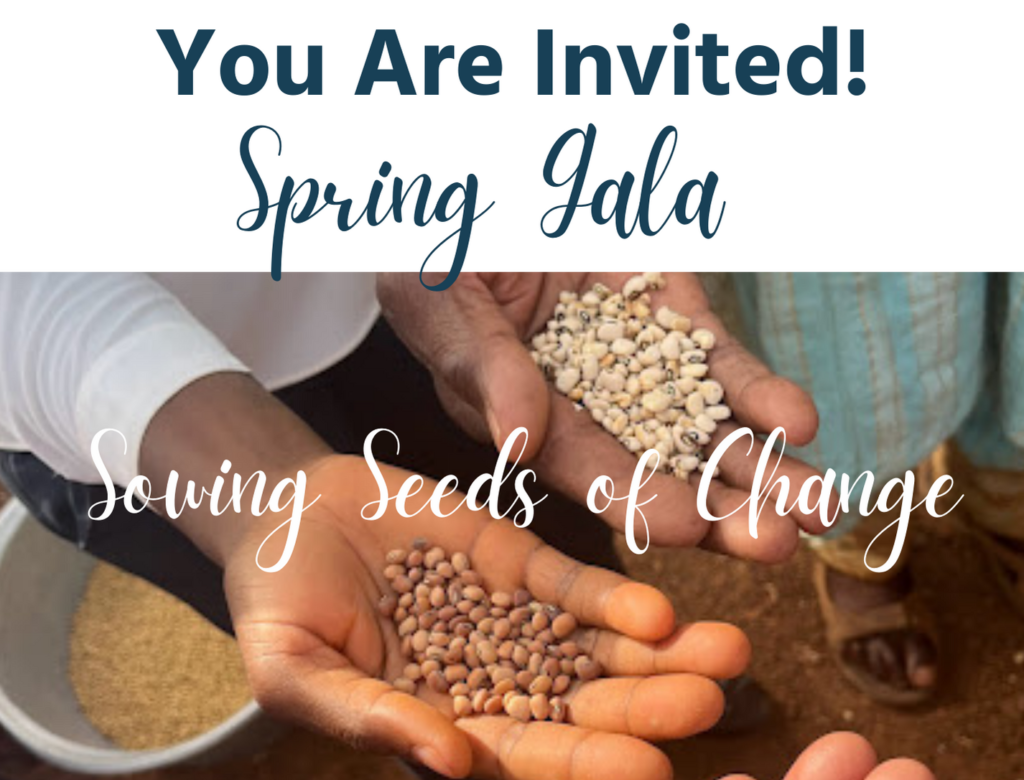Taking it to the Farmer: Applying Skills Learned

Alfredo showing farmers how to plant
Skills Learned and Implemented in the Field
The Fred Strohbehn Training Center has had been quite busy the past few months with five different training sessions held at the center. Over 111 farmers were trained in the importance of Quality Protein Maize (QPM), how to implement the proper way of land preparation, how to correctly plant seed, apply fertilizer, and apply pesticide using minimal costs. This practice is known as the “Strategy for High Yield”, and is implemented in Nicaragua by the QPM program promoted by Self-Help. The new method only applies to corn, but farmers were also taught by SHI staff how to plant, care, and harvest biofortified rice. Several of the farmers who received the training at the Fred Strohbehn Training Center turned these lessons learned into practice with new technology in the field. The trainings were conducted by the Nicaragua Country Program Director, Jorge, and his assistant, Jose.
After the trainings had been completed, 104 farmers of the 111 who attended immediately implemented small sample plots in their own small farms. By doing this, they were also able to share this experience with other farmers in the community who weren’t able to attend the sessions. A list of the numbers in attendance and the different communities who created small plots are in the photos below.

Participation Chart
Several communities benefited from the trainings, including most of San Carlos: the San Agustin, La Venada, Cruz Verde, Laurel Galan, and San Jose No. 2 communities. Other communities involved were from Carazo (San Jose de Gracia) and some communities from Boaco. The training began with the new way of planting corn and rice with several varieties. The farmers first prepared the land in the most efficient and effective way to not affect the future production or create any kind of erosion. The farmers then made a double row of corn plantation, obtaining 12 plants in a line meter instead of the traditional way of one row with less plants. By using this implementation strategy, the SHI staff is expecting the farmers to increase their yield without creating additional expenses.
By applying the fertilizer this way (under the ground and very close to the corn plant roots), the farmers are able to obtain better yields and reduce up to 70% of fertilizer loss while applying it. The farmers were able to introduce new ideas and experience the value of the new strategies.
The biofortified rice is another line of production that Self-Help started to implement in the farmers’ routine of production. Some of the farmers experimented with the rice to see if they could then use it in the future for personal use or for business purposes.

A farmer’s hand planting the new corn
After the two months of five training sessions, the farmers are happy to experiment with this new process and feel assured that the new corn plantation methodology will benefit them by increasing their yield and profits. Soon after the trainings, one farmer, Antolin, said, “We (the farmers from La Venada) will find out if this plantation is worthy to be implementing it or not. If so, I am pretty sure that all the farmers that work along with me will keep implementing this new process of plantation.” He continued, stating, “I want to thank all the people who make it possible that all this new knowledge and trainings comes directly to us, ‘the farmers’ as we are usually the last one to get benefits by anyone. Thank you, and may God bless you.”
He told the Country Program Director, Jorge, “You are very welcome any time you want to visit our corn and rice plantation, and to the ones that are from the United States…. you are welcome to come to Nicaragua and visit us.”

 Previous Post
Previous Post Next Post
Next Post